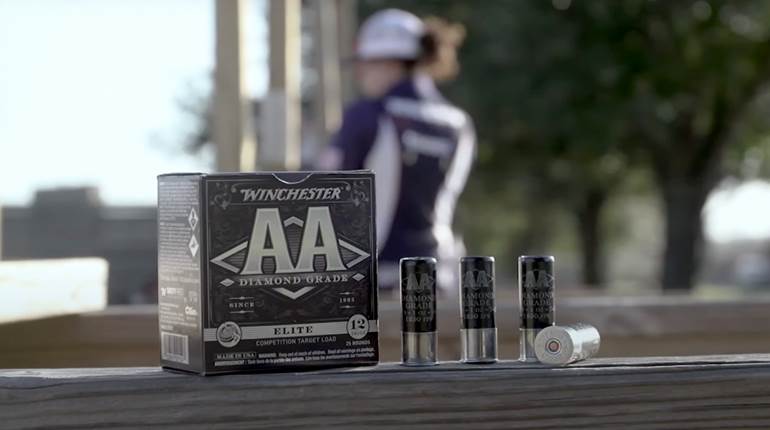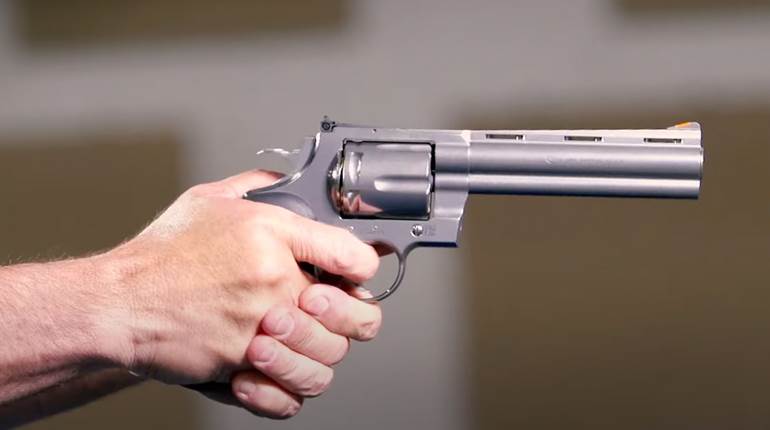Before the United States entered World War I in April 1917, the war on the Western Front had been raging for two years. When war broke out between the Allied and Central powers in July 1914, the technology of warfare had exceeded traditional military doctrine and practice. Regardless of the new capability provided by weapon advancements, traditional styles of massed infantry advances to secure ground persisted, resulting in multitudes of casualties for very little gain.
The fighting quickly developed into a stalemate with both sides digging into intricate trench lines running from Belgium to the Northern border of Switzerland. All along this front, the Allies and Imperial German forces clashed in a tug of war with large offensive attempts against fierce defenses. New arms like the machine gun and massed heavy artillery brought carnage to the battlefield that had yet to been seen in such a scale.
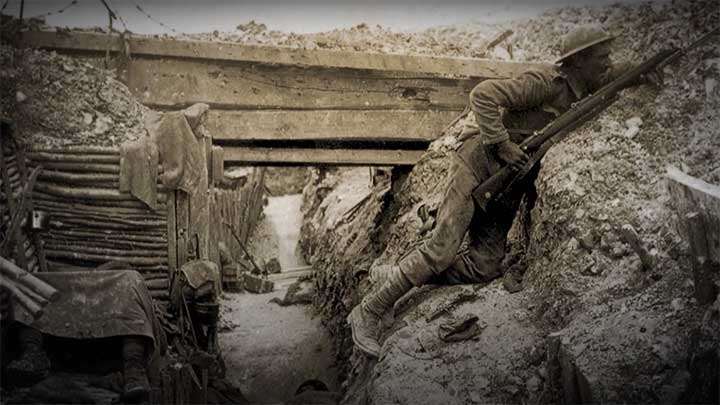
Added to the constant threat of artillery barrage or machine gun fire over the top of the trench, life in the trenches was miserable for the soldiers occupying them. Trenches in the lowlands tended to get very muddy, something that the Germans intelligently avoided when they placed their positions on the higher grounds. Rats, disease and decay were common. For Allied soldiers, assaulting the German trenches meant going over 'the top' and charging across an open and desolate no man's land between the trench lines.
Barbed wire and shell craters were treacherous enough, but the machine gun made no man's land a mass killing ground. Machine guns earned the nickname of "devil's paintbrush" as they cut down waves of men charging into their long fields of fire. It was partially due to the implementation of machine gun in trench defense that the stalemate style of warfare persisted.
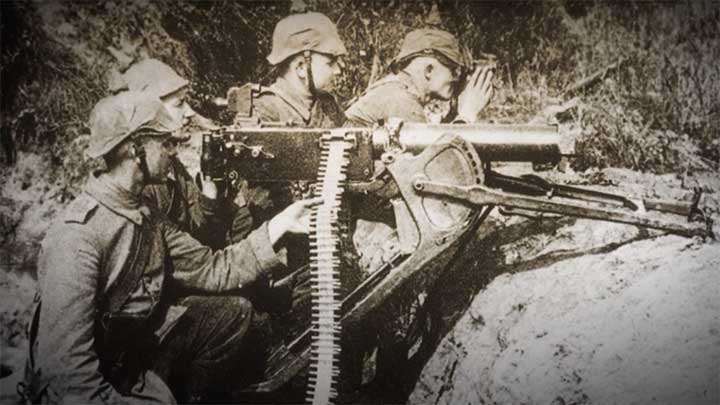
The Germans, like many other nations at the time, used an adaptation of the Maxim machine gun known and the Maschinengewehr 08, or MG 08. The MG 08 is a belt fed heavy machine gun that features a water cooled barrel and folding sled mount. With the water-cooled barrel, the MG 08 could sustain fire for long periods. The sled made for a stable platform, giving the MG 08 the accuracy to pin down forces at a distance. The heavy machine gun made for a great defensive firearm, but its size and weight limited it to fixed positions.
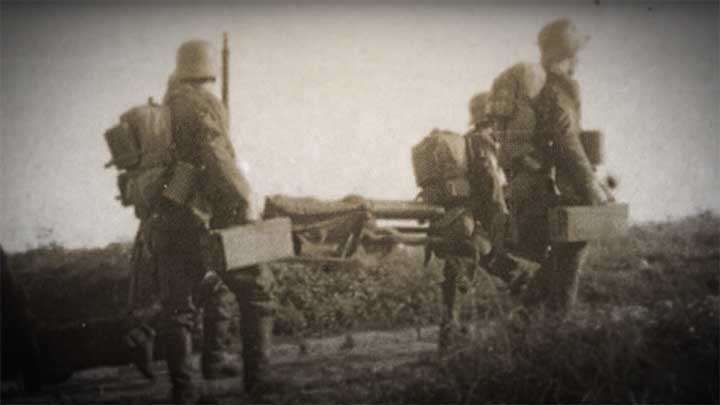
The gun itself weighed more than 50 lbs., added with the sled's weight of more than 75 lbs. Continuation of the stalemate spurred both sides to find ways to add mobility back into the fight. This same pursuit prompted the Germans to find a way to make the MG 08 lighter and more portable. The result was the MG 08/15 light machine gun, which kept the water-cooled barrel assembly but had the receiver lightened, a stock added and a smaller bipod added underneath. While still not a light load to carry around at 40 lbs., it was still much lighter than the MG 08 and could move with infantry advances.
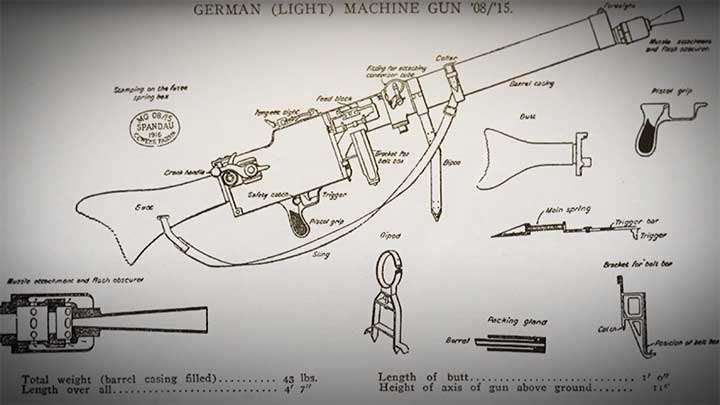
German infantry also used a superb service rifle design throughout the war, the Mauser Gewehr 98. It is the same famous Mauser bolt-action design that gained popularity around the world, and was one of the finest military rifles of the time. The sturdy action proved well in the mud and filth that came with trench warfare. The Gewehr 98 also earned a well-deserved reputation for accuracy over contemporaries like the British SMLE. The only drawback was its length of 49.2" which made it hard to move around in the trenches.
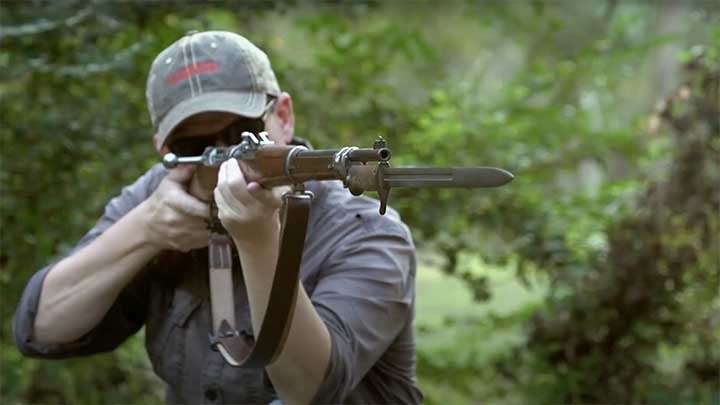
The Germans also made use of pistols and pistol carbines for increased mobility and maneuverability. Pistol-carbine hybrids like the Artillery Luger and Mauser C96 that featured detachable buttstocks were sometimes carried by officers and used in night time raids. The close-quarters situations of trench combat made guns smaller than a service rifle very useful.
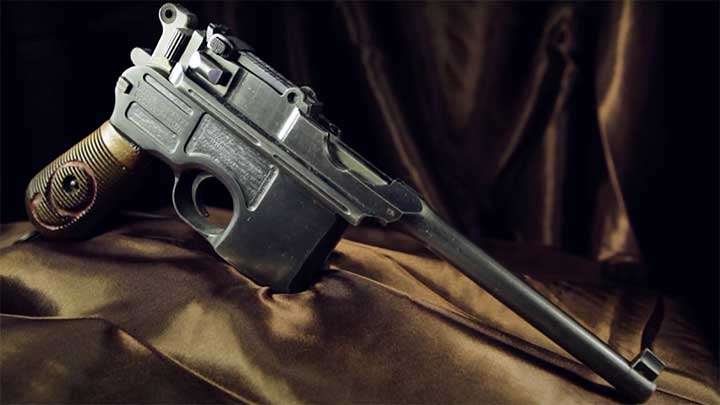
Artillery was also a major contributor to the continuation of the stalemate and mass casualties. Massive artillery barrages destroyed the landscape, adding the horrific conditions of the front. Field guns and larger pieces of artillery used in mass added to the casualties especially with the use of high-explosive fragmentation and later poison gas filled shells.
Beginning in 1915, German command developed a plan to attack the fortress city of Verdun, France, in an attempt to push towards Paris. The plan was to also draw the French into a large battle of attrition in which the Germans could deplete French forces and "bleed them white" knowing that the French would fight hard to hold onto the city. The battle raged for 10 months from February to December 1916, with both sides taking nearly a million casualties combined. It was one of the largest battles fought during World War I and a prime example of the brutality of the conflict.
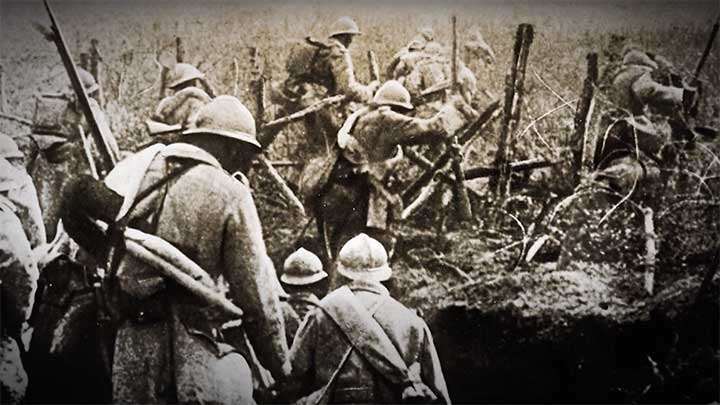
The French managed to hold onto Verdun, but at a steep cost, as they suffered nearly half a million casualties over the course of the battle. The fighting littered the grounds with human remains from the 230,000 soldiers that were killed. After the battle, the process of searching the battlefields and collecting human remains began. The process of finding and collecting human remains took several years, due to the number and large area of the battlefield.
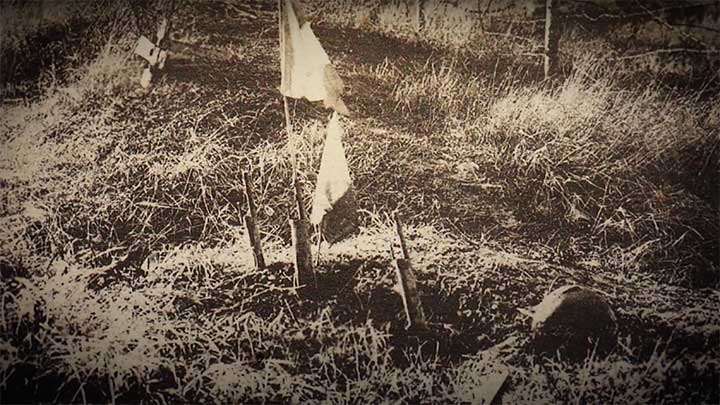
Oftentimes the remains were found where the soldiers fell in the fighting and buried in place. In one case, the remains of French soldiers belonging to the French 137 Infantry Regiment were found buried in the trench line they died in with the tips of bayonets protruding from the ground. Under each bayonet, the body of a French soldier was found. The remains were amassed and buried at what would become the largest French cemetery of World War I just outside Verdun, the final resting place of 16,142 soldiers who lost their lives in 1916.
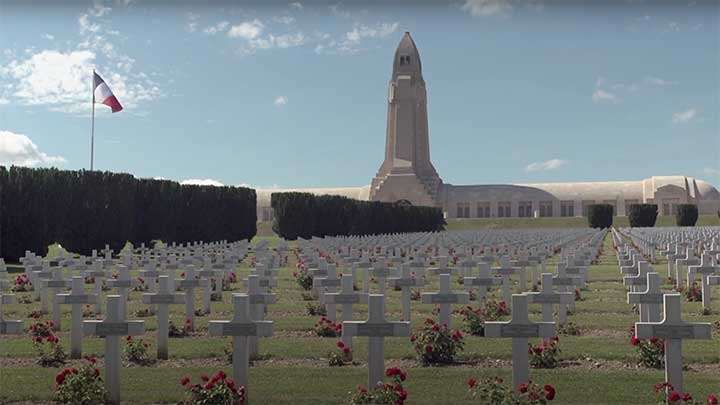
Many of the remains that were recovered were simply parts or fragments of bone that couldn't be identified. These parts and partial remains were filled into a pit on top of the hill overlooking the cemetery, with an estimated 130,000 people represented by the mass. The pit was built over with a memorial, the Douaumont Ossuary, in 1932 with financial assistance from the United States. Today, places like the Douaumont Ossuary stand as a reminder of the human toll of the war.
To watch complete segments of past episodes of American Rifleman TV, go to americanrifleman.org/artv. For all-new episodes of ARTV, tune in Wednesday nights to Outdoor Channel 8:30 p.m. and 11:30 p.m. EST.

